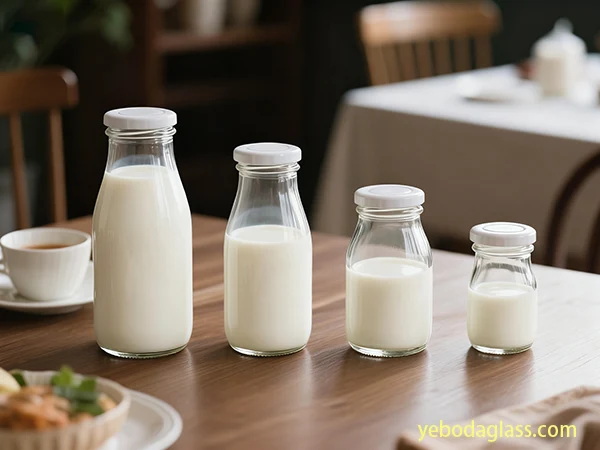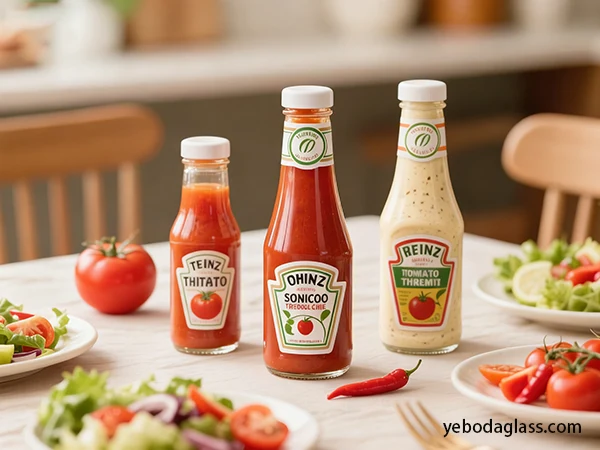Introduction
Ever wonder what occurs to used glass bottles? Instead of allowing them to turn out to be forgotten in landfills, permit’s learn how to recycle glass bottles and deliver them a new life for a sustainable destiny.
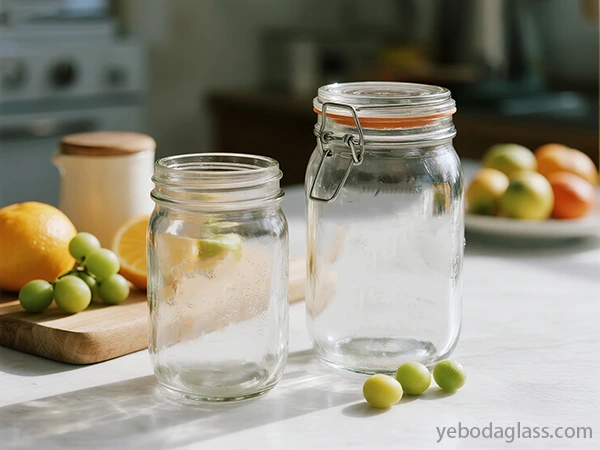
Glass recycling: a "magic" about the future of the earth
Glass is exquisite – it may be recycled again and again with out losing nice. Recycling it saves herbal sources (like sand and soda ash) and big quantities of strength. Making new glass from recycled materials makes use of seventy four% less power than starting from raw stuff, cuts CO₂ emissions, and decreases air/water pollutants too.
Since glass never biodegrades, recycling maintains billions of bottles out of landfills yearly. Let’s take motion to recycle glass bottles and help the planet!
The "cleaning" journey of glass bottles
Want to know how glass bottles become clean after recycling and can be made into new bottles again? There is a special “cleaning” process behind this, which is also related to the key steps of how to recycle glass bottles!
First of all, it is best to wash the bottles before throwing them away, and remove non-glass items such as bottle caps and labels, otherwise it will affect the recycling quality.
At the recycling center, the powerful optical sorting technology comes on stage. The machine can recognize and pick out impurities such as ceramics, stones, metals, and plastics, and even heat-resistant glass (such as Pyrex) can be separated – this is very important because its melting point is different from that of ordinary glass, and mixing it in may ruin the entire batch of materials.
These machines work with various sensors: near-infrared spectrometers identify materials, cameras plus AI to distinguish colors, and equipment specifically for detecting metals and difficult-to-identify elements, and then use vibrating screens to sort by size and airflow machines to remove dust, and finally get clean glass fragments, which can be directly recycled. Although the equipment is expensive, it can save manpower and improve efficiency in the long run, making recycling smoother.
Glass "identity": color and value
Color has a great impact on the recycling value of glass, and it is also a key step in how to recycle glass bottles – color separation and recycling directly determines what the glass can be used for and what its market value is.
Why is color so important?
When producing transparent or amber glass, you must use broken glass of the same color. If you mix other colors, you may only be able to make green glass in the end, and there may be oversupply. Colorless broken glass has the greatest demand and the highest price because it is used most in container production. If you mix colors, the newly made glass will not be transparent enough, and even the color will be uneven, even a little bit of mixed color will have an impact.
Rely on technology to solve color separation
Now recycling plants use optical scanners to automatically sort glass by color to ensure purity and meet different production needs.
Mixed color glass also has its place
Don’t think that mixed color glass is useless, it has new uses in these places:
- Building materials: glass asphalt for paving roads, concrete aggregates, floor tiles, insulation materials, etc.
- Fiberglass insulation layer: Recycled glass can account for up to 80%.
- Filter material: Used as filter material when treating water and wastewater.
- Abrasive: Made into glass sand for sandblasting.
- Special glass: Still researching decolorization technology, or used to produce special products.
Knowing these can help you better understand how to recycle glass bottles and make the best use of every piece of glass.
Recycling Road: Logistical Challenges and Innovations from Home to Factory
How are glass bottles collected and transported to recycling plants? Behind this is a complex logistics system full of challenges, but many innovations have also emerged.
Diversified collection methods:
Curbside recycling software: the maximum common. Single-circulate recycling is convenient, but glass is fragile and contaminates other recyclables, resulting in decreased recycling pleasant (handiest approximately 40% is made into new merchandise). Multi-move/dual-flow recycling separates glass from other materials, with better cloth fine (approximately ninety two% is appropriate for box production), however the series volume is incredibly small.
Publicdrop-off centers: open 24/7, providing convenient recycling channels.
Professional commercial/industrial collection services: for high-volume enterprises.
Deposit Return Program (DRS): The “magic wand” of recycling rate DRS significantly improves glass bottle recycling rates. Compared with single-stream curbside recycling, the average recycling rate of glass containers in DRS states exceeds 63%, and some reach 98%. Germany’s DRS is 98%, and Norway’s is 92%.
The secret to success is:
- Economic incentives: Attractive deposit values motivate consumers.
- Convenient recycling points: Reverse vending machines (RVMs) are deployed in supermarkets and other places to automatically collect, sort and wash, providing a convenient recycling experience. RVMs sort according to material type and size to ensure that recycled materials are clean and of high quality.
Logistical Challenges and Innovative Solutions:
- Glass breakage: Common during collection, transportation and processing, which reduces color sorting capabilities and increases the output of low-value or mixed glass.
- Contamination: This is particularly important in single-pass recycling systems, which can affect the quality of other recyclables.
- Transportation costs: Glass is heavy and has high transportation costs, but the environmental benefits of recycling often far outweigh transportation emissions.
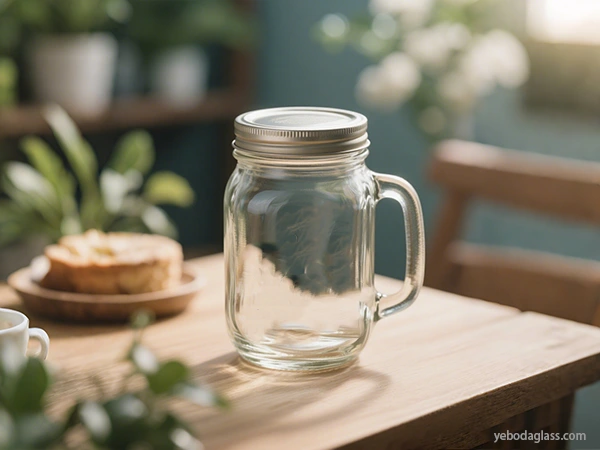
Innovative solutions:
Smart recycling bins: Combines artificial intelligence, computer vision and near-infrared spectroscopy technology to automatically sort and sort glass, steel and plastic bottles. It is equipped with sensors and IoT capabilities to monitor the filling process in real time, optimize the collection process and reduce gas emissions.
Optimized route algorithm: Uses vehicle routing planning (VRP) rule sets to optimize tandem routes, taking into account factors such as time, priority, vehicle capacity, etc., mainly for reusable glass bottle systems.
Innovative applications of reusable glass bottles
These new ideas make how to recycle glass bottles more efficient, smart, and environmentally friendly.
Policies and infrastructure: building a solid foundation for recycling
Good glass recycling requires powerful policies and perfect facilities.
Government policies to promote:
The EU has revised regulations to reduce glass landfill and achieve full recycling of packaging by 2030; the UK has made producers responsible for recycling and will pay for packaging waste from 2025.
Many states in the United States have also taken action, such as New Jersey requiring that the content of recycled materials in glass containers reach 35% by 2024; and some places have banned glass landfill, forcing everyone to recycle.
Even car glass has regulations. The EU requires that at least 70% of the glass from scrapped cars must be recycled.
Infrastructure must keep up
The government gives money and preferential treatment. For example, California takes $4 million a year to encourage the use of broken glass to make new bottles; industry associations are also not idle, and organizations such as GPI and GRF help promote policies and conduct pilot projects.
However, there are still old problems: it is easy to break when mixed with recycling, and 75% of the glass in the United States is finally buried. It must be changed! Start with source classification, and then use more advanced technology to sort.
Glass "Nirvana": Broken glass becomes treasure
Where can the recycled broken glass go? It can be turned back into more than just bottles, there are many surprises!
The "transformation" steps of broken glass
First collect, sort by color, select quality, wash and remove dirt, break and then use high-tech screening, and finally get broken glass that can be directly recycled – this requires both purity and color.
The new identity of broken glass
- Building a house: glass asphalt for paving roads, bricks for building buildings, and insulation materials can all be used.
- Environmental protection: It is particularly useful as a filter material when treating sewage.
- Crafts: Grinding into sand can be used for sandblasting, and melting can be used to make countertops and tiles.
- Even more amazing: mixed into car windshields and even LED parts.
Technology is still improving
- Building a house: glass asphalt for paving roads, bricks for building buildings, and insulation materials can all be used.
- Environmental protection: It is particularly useful as a filter material when treating sewage.
- Crafts: Grinding into sand can be used for sandblasting, and melting can be used to make countertops and tiles.
- Even more amazing: mixed into car windshields and even LED parts.
Technology is still improving
With mobile recycling equipment, broken glass can be processed in places without facilities, which is economical and environmentally friendly. The EU also plans to achieve a 90% recycling rate for glass packaging by 2030, truly realizing “closed-loop recycling”.
Make glass recycling a new trend in the community
If you want more people to learn how to recycle glass bottles, you have to do this:
- More publicity: Use points such as “glass can be recycled infinitely” to attract people and teach everyone simple and easy-to-understand recycling methods.
- Give some sweetness: return the deposit for returning the bottle, accumulate points to exchange for things, and everyone is more willing to move.
- Convenience for everyone: put more special recycling bins, teach everyone to rinse and remove the bottle cap before throwing.
- Work together: The government, enterprises, and communities work together, and then use technology to monitor the recycling situation, which is more efficient.
In the final analysis, glass can be recycled all the time, which is the biggest advantage, and more people need to know it!
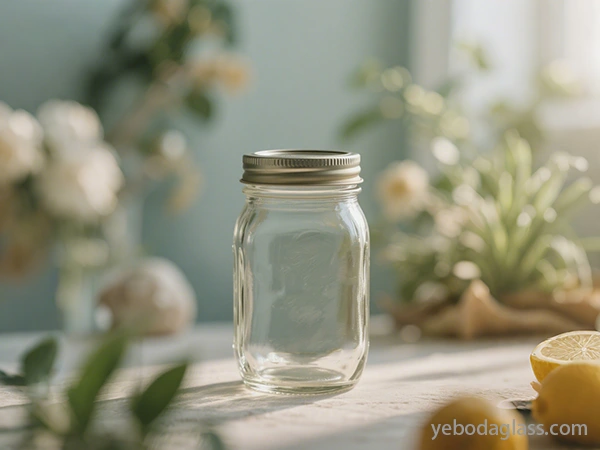
Conclusion
After reading this, you must understand the importance of glass recycling – and choosing YEBODA’s glass bottles is choosing a reliable “sustainable answer” for yourself and the earth.
Our glass bottles are designed with ingenuity: the material is pure, especially suitable for recycling and reuse, perfectly matching every step of how to recycle glass bottles, so that your empty bottles can easily enter the recycling system and truly achieve “infinite circulation”. Moreover, we carefully select durable glass that is not easy to break after repeated use, which not only reduces waste but also lasts longer with you.
There is more strength behind it: from raw materials to production, we keep up with global recycling policy standards and cooperate with professional recycling organizations to ensure that every YEBODA glass bottle can smoothly start its “second life” after the end of its life cycle. Whether it is daily storage or creative reuse, choosing YEBODA is to support environmental protection with actions and give yourself peace of mind – after all, the choice that can take into account practicality, quality and the future of the earth is the real smart choice!

